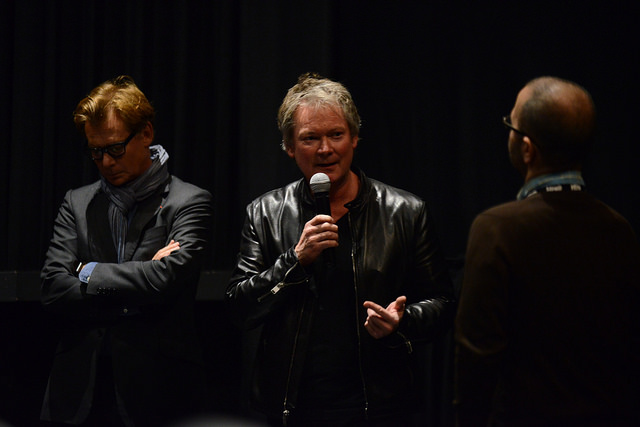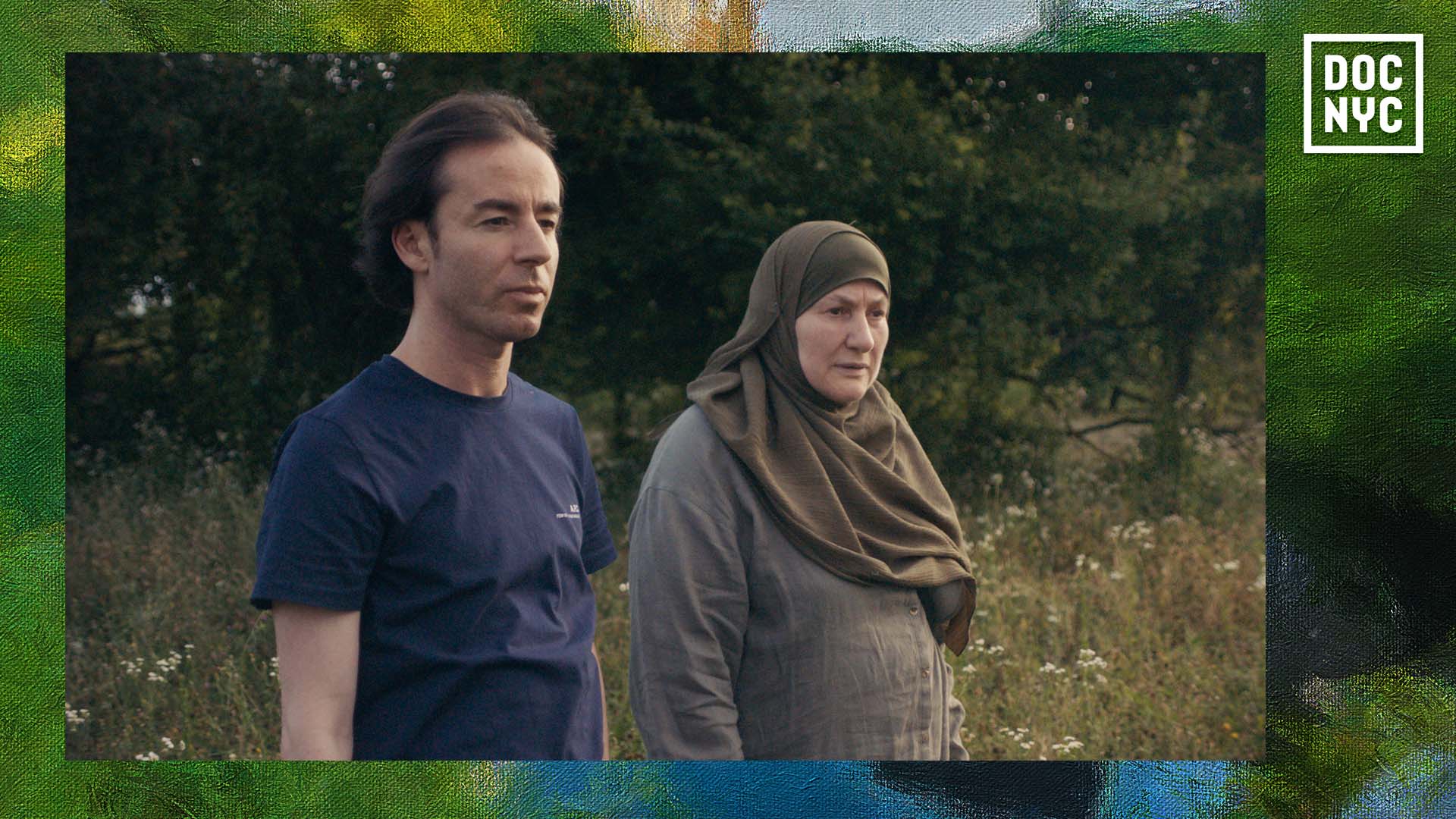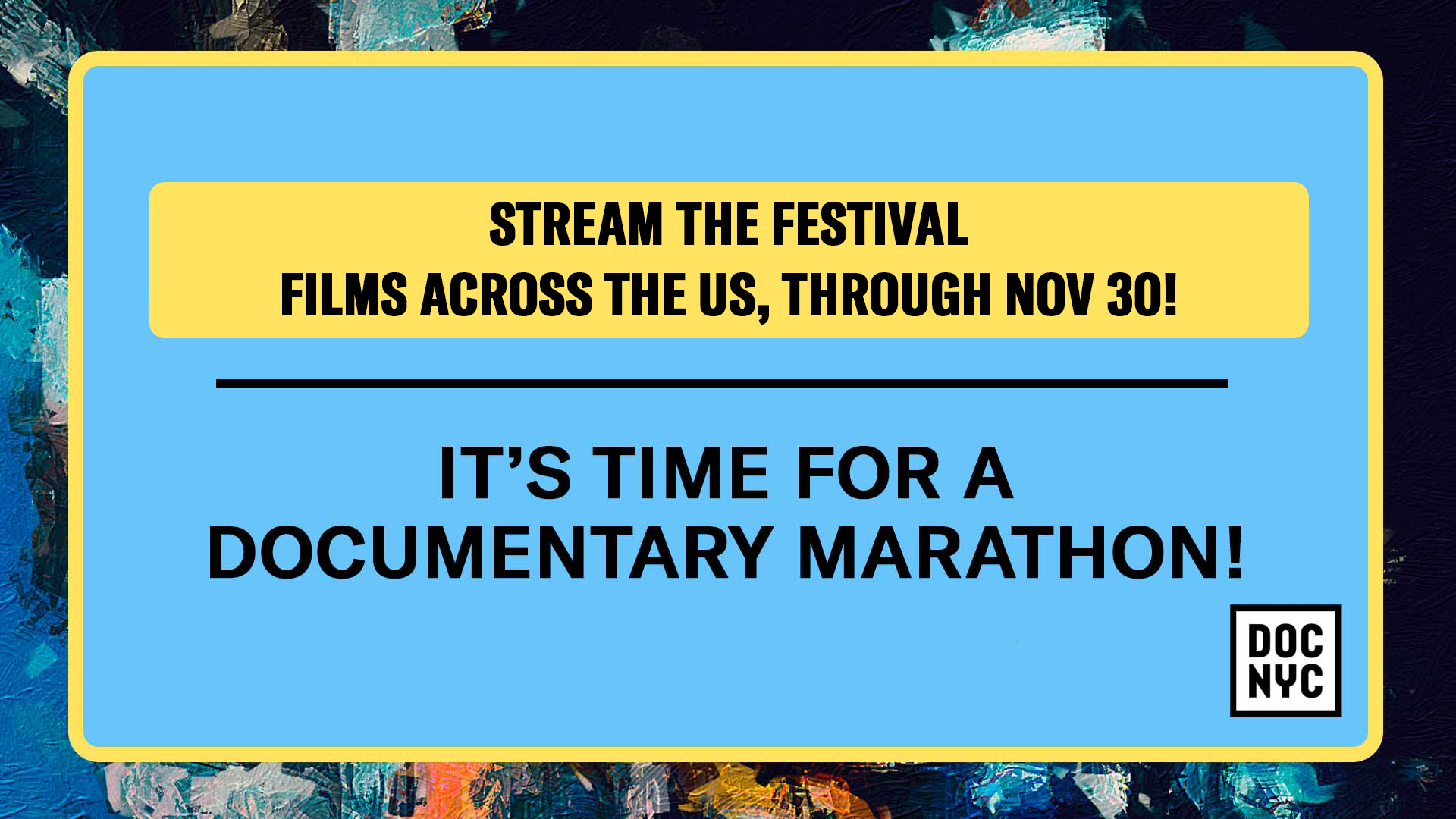Making Art by Moving Mountains: The Story of Land Art Documenting the 'Troublemakers' who challenged the modern art world and brought contemporary art outside gallery walls


By Susan Keyloun
“Museums are tombs, and it looks like everything is turning into a museum.” – Robert Smithson
Troublemakers: The Story of Land Art depicts the explorations of a group of 1960’s & 1970’s artists, considered renegades for their time, who abandoned the confines and limitations of New York museum and gallery space for the glorious, desolate expanse of the American southwest. Using the earth as their canvas, artists like Michael Heizer (Double Negative) and Robert Smithson (Spiral Jetty) defied the notion of proper artistic scope, and created monumental “earthworks” considered impressive for their sheer audacity of scale.
Director James Crump, an accomplished author art historian and filmmaker whose works include the 2007 film Black and White and Gray: A Portrait of Sam Wagstaff and Robert Mapplethorpe, was the visionary behind Troublemakers. In Troublemakers, Crump presents the ‘Land Art’ movement as a retaliation of the confines of the NYC gallery scene – an idea that sprung forth when the first pictures of earth from space were revealed at that time in history. Suddenly, the idea of Earth as art object – a canvas from which to create – became viable.
Crump introduces the artists, collaborators and patrons of the Land Art movement, and explores their creative process through fantastic archival footage of conceptual meetings at NYC’s famed Max’s Kansas City, photos of artists procuring space in the expansive southwest, and visuals of the actual creative process.
During the 1970’s, Land Art was seen by some as a fad, and extremist critics went as far as to describe it as apocalyptic and even satanic. While perhaps not as dangerous and depraved as some initially thought, art of this magnitude was admittedly difficult for the average viewer to grasp on a vast scale, as some works not only commanded the viewer’s reinterpretation of scale, but of time as well. Smithson’s Spiral Jetty on Utah’s Great Salt Lake, one of the most famous and recognizable pieces of land art, became even more the visual spectacle during seasons when orangey-pink krill were present in the surrounding waters.
In Troublemakers, Crump offers the audience a chance to rethink what art can be, and where it ‘belongs.’ Much like the artists he documents, he challenges viewers to broaden their perspective bases upon which art is generally perceived as a medium, and to broaden the paradigm and the ideology itself to something more Duchampian. He gives his audience a rare chance to re-imagine their perception of art, as the “Troublemakers” intended.
Susan Keyloun has been published in NY Magazine, The New York Times, and DOCNYC blogs. She has also worked with DOCNYC as featured photographer.




